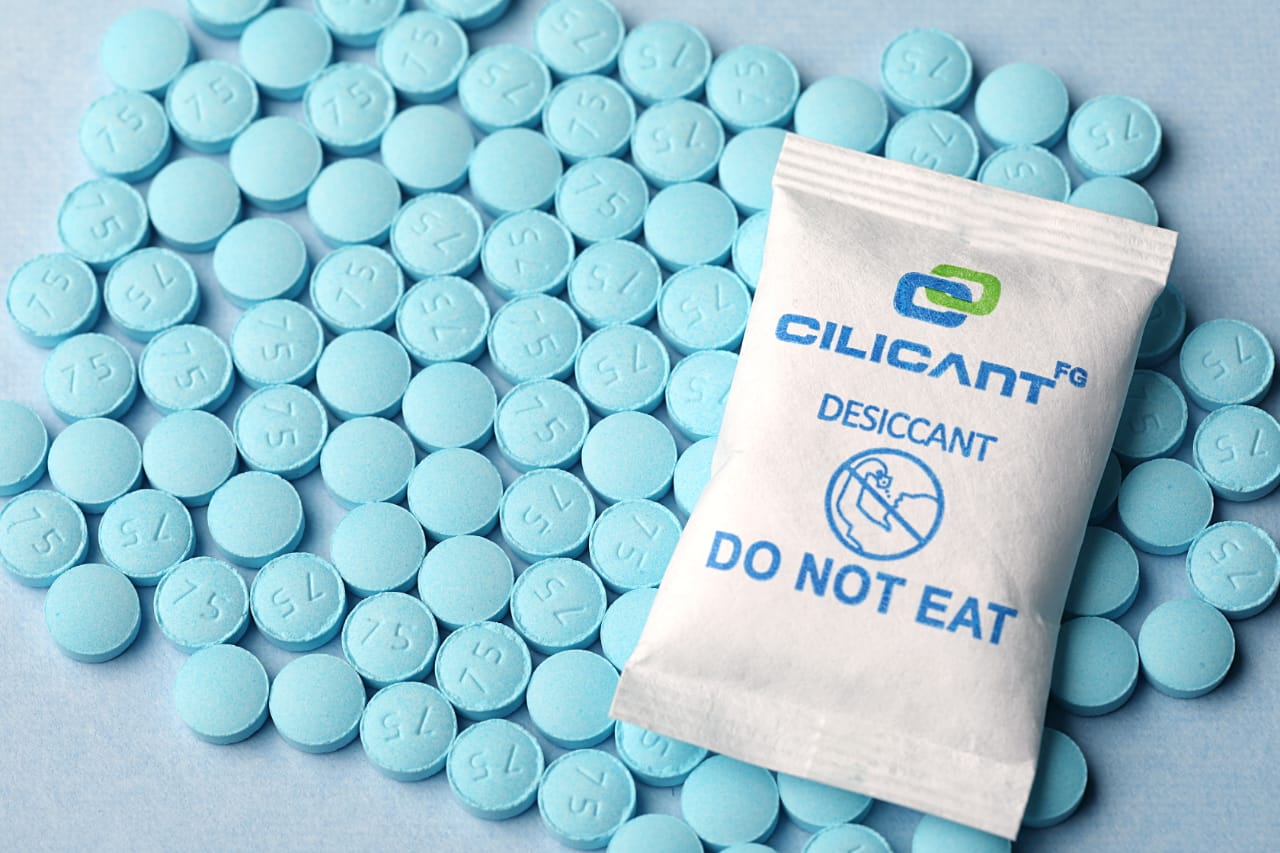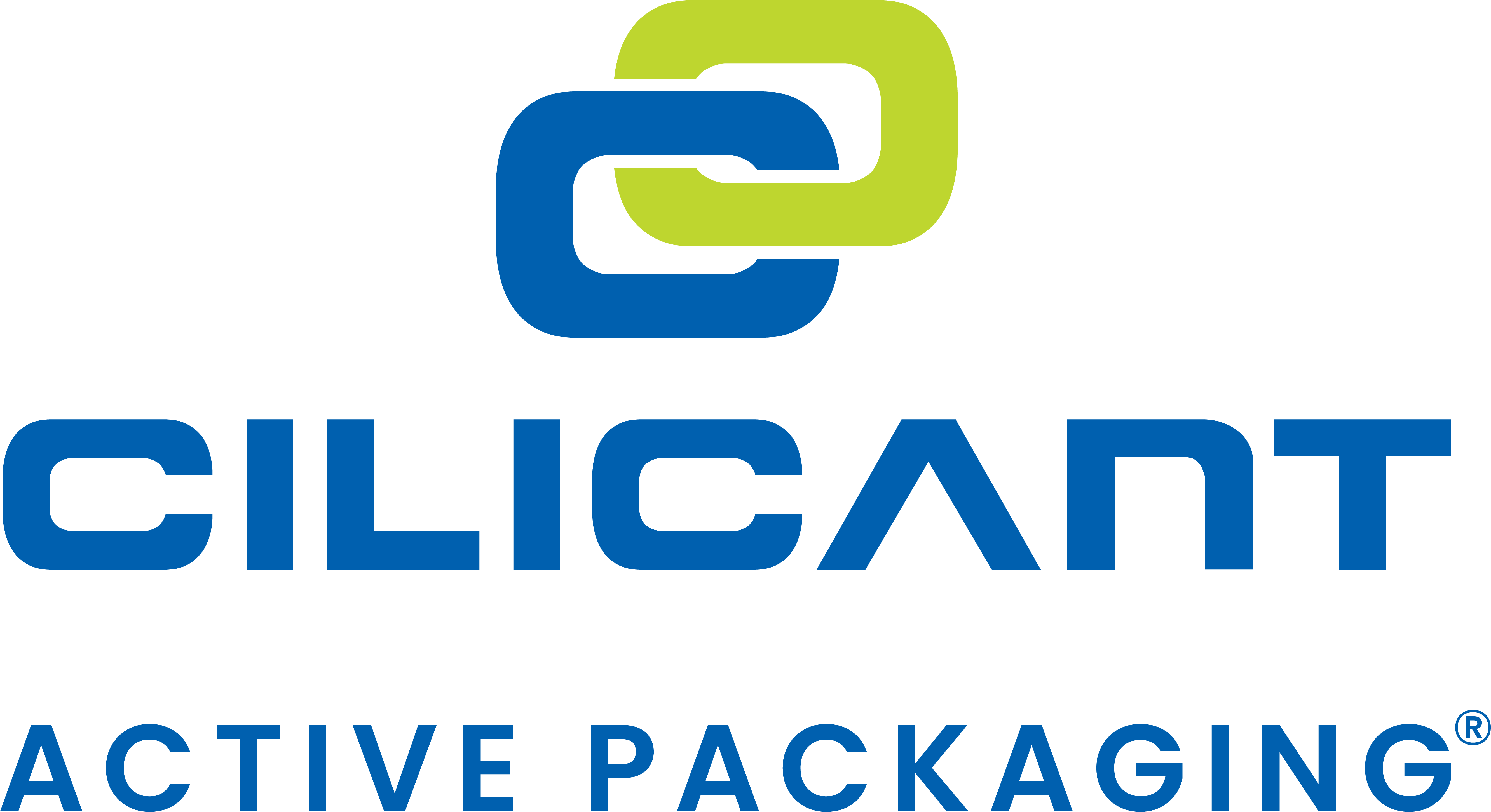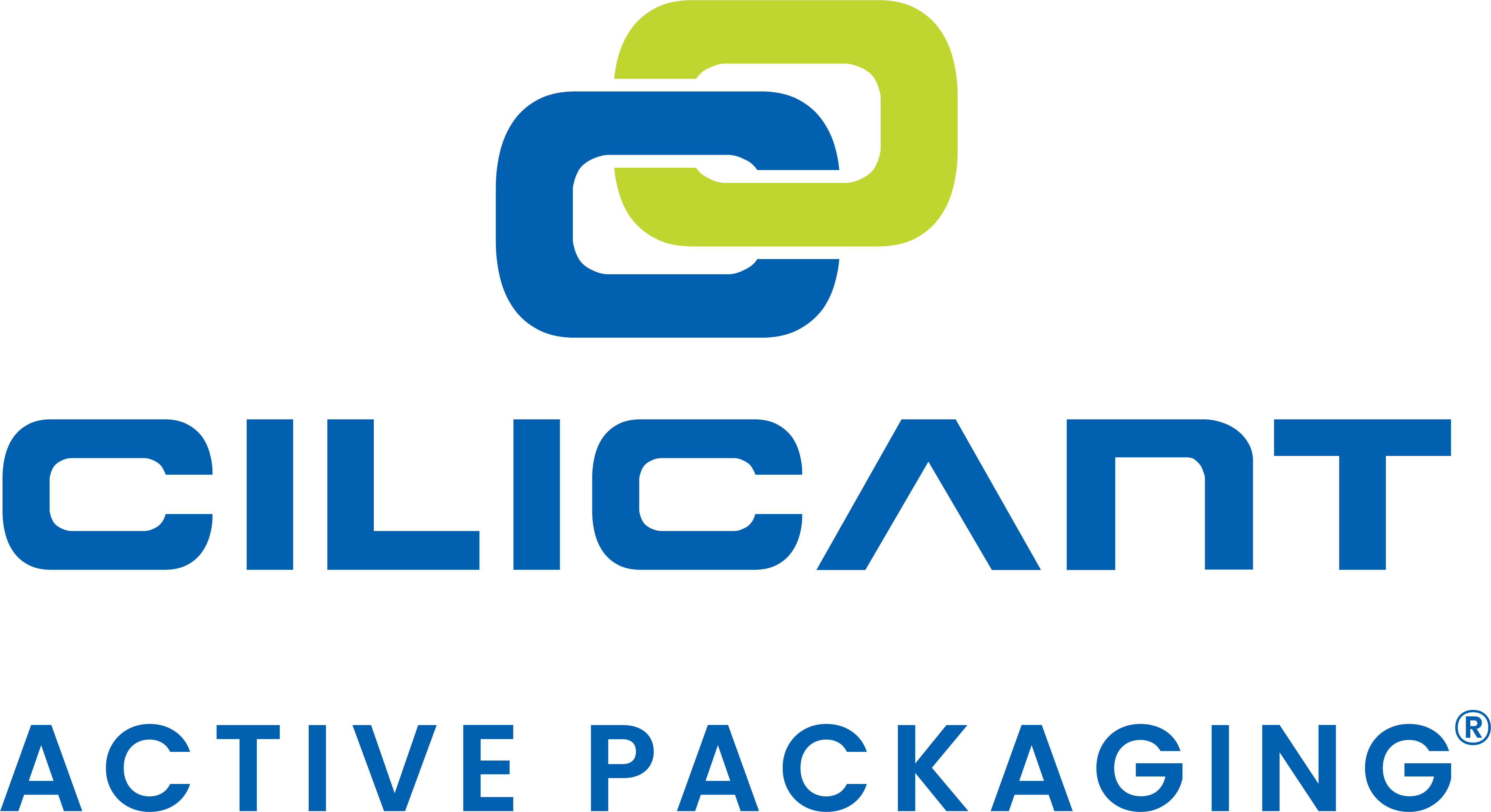
As every manufacturer and formulator know, active packaging with the right quality and efficacy is important when it comes to packaging pharmaceutical products. By reducing moisture-induced degradation, desiccants play a key role in enhancing product shelf-life, maintaining product safety, and increasing overall customer satisfaction. When developing an active packaging solution, it is, therefore, paramount to carefully select the most suitable desiccant for your product. Making the right choice will give the product excellent shelf stability and result in delighted customers as one size-fits-all solution simply will not work!.
Can pharmaceutical packaging alone control moisture ingress?
Most pharmaceuticals today are supplied in specially designed containers made from a variety of packaging materials that offer a basic level of protection against degradation. However, these measures alone will not completely safeguard products from moisture ingress in the packaging environment. For this reason, choosing the right type and amount of desiccant is critical for developing active packaging solutions that ensure drug efficacy for end-users. Investing the time in selecting the right desiccant for your product will increase the chances of the product’s success on the market while ensuring better safety for end-users.
The CILICANT advantage
Over the years, CILICANT has been providing superior quality desiccants to the pharmaceutical industry. Our product experts have in-depth knowledge of, and experience of desiccant development gained through years of interacting with and serving various manufacturers in this industry. Based on our extensive assessment of the major failure points of moisture control in pharmaceutical products, we have been able to design ready-made and bespoke active packaging solutions for various applications. Our choice selection of active sorbents caters to the most demanding applications in a broad spectrum of pharmaceutical products. Whether your product requires protection against moisture-induced damage, oxidative degradation, and odour generation amongst others, CILICANT has the perfect sorbent for you.
High-quality moisture control agents
Manufactured in a facility that meets international quality standards (cGMP ISO 15378:2017), CILICANT’s active packaging solutions for pharmaceutical products are engineered to provide an all in-one effective solution for moisture ingress. Based on two of the most trusted desiccant technologies – silica gel and molecular sieve – CILICANT moisture control solutions provide superior performance in all pharmaceutical applications. Both are non-toxic and non-corrosive and are safe to use in a broad range of pharmaceutical packaging environments. This article provides an overview and may be used as a brief guide for selecting the best desiccant for your unique usage scenario. In addition to this blog post, our team of in-house product experts is available to assist you in selecting the right desiccant for your product.
CILICANT Silica gel and molecular sieve: An overview
Our silica gel beads are manufactured from a form of silicon dioxide that features a micro-porous amorphous structure with a loss on drying (LOD) of 2% at the maximum. The pores in each bead range in size from 3 – 60 angstroms (Å) and interconnect to create an exceptionally large surface area for water uptake. CILICANT silica gel sachets use two methods – adsorption and capillary condensation – to regulate the amount of free moisture in the packaging environment. Each bead is designed to hold up to 40% of its weight in water for maximum efficiency.
CILICANT molecular sieve desiccant, on the other hand, is a synthetic zeolite with excellent moisture adsorption properties for a range of pharmaceutical applications. With very uniform crystalline pores and empty adsorption cavities, CILICANT molecular sieve desiccant features an extremely large internal surface area for adsorption that accounts for up to 50% of the total volume of its beads. This translates to a potent and fast-acting pharmaceutical desiccant that is aggressive at low relative humidity.
Silica gel vs Molecular sieve: Speed
While both silica gel and molecular sieve are excellent desiccants, they have some noteworthy differences that could give some insight into their best application scenarios. In packaging scenarios requiring fast moisture removal, CILICANT molecular sieve would be the preferred choice. With a significantly higher rate of moisture adsorption per gram, molecular sieve lowers the amount of unbounded moisture in pharmaceutical packaging at a faster rate when compared with silica gel. The uniform pores of molecular sieve enable it to adsorb unbounded moisture and attain reduced levels of relative humidity much faster than the more irregularly distributed pores of silica gel.
Silica gel vs Molecular sieve: Humidity
The performance of these two desiccants varies widely depending on the humidity levels of the storage environment. Both desiccants perform similarly well at ambient temperature (25⁰C) and 40% relative humidity. However, as humidity levels increase beyond 40%, silica gel outperforms molecular sieve in removing unbounded moisture from the packaging environment and it would be the preferred desiccant. Molecular sieve, on the contrary, has an excellent adsorptive capacity at low relative humidity, an environment in which silica gel does not perform well. This makes molecular sieve the preferred desiccant for low humidity packaging environments and silica gel the ideal choice for high humidity environments.
Silica gel vs Molecular sieve: Temperature
The temperature profile of the storage environment is also worth considering when selecting an appropriate desiccant for your pharmaceutical product. Pharmaceuticals that are likely to spend a substantial portion of their shelf-life in high-temperature environments would be better served by molecular sieve. This is attributable to the uniform pore structure of molecular sieve that retains its excellent moisture holding capacity at elevated temperatures. While Silica gel beads lose adsorptive capacity as the ambient temperature increases resulting in a potential release of moisture back into the packaging environment.
CILICANT silica gel in pharmaceutical packaging
CILICANT silica gel is available in a range of formats that are suitable for application in several types of pharmaceutical packaging. Our silica gel variants include types A, B, and C with type ‘A’ being recommended for pharmaceutical packaging. This odourless, non-toxic, safe, and easy-to-use desiccant is a great option for controlling moisture levels in solid dosage forms such as hard gelatine capsules that would become very brittle and unusable when packed with molecular sieve desiccant. By adding an appropriate amount of silica gel to the packaging container, hard gelatine capsules can retain a safe amount of moisture to keep the capsule shell intact for efficient delivery of the active pharmaceutical ingredient into the gastric cavity at the appropriate time after ingestion.
CILICANT molecular sieve in medical device applications
Just like our silica gel product, CILICANT molecular sieve is also available in a range of packaging formats that are ready for use as moisture control agents in pharmaceutical applications. Our molecular sieve range of products includes 3A, 4A (a popular choice for pharmaceutical packaging), and 13X. The odourless, safe, and aggressive nature of molecular sieve makes it perfect for use with diagnostic products such as blood glucose test strips and urine test strips. Both types of test strips are ultrasensitive to moisture and may malfunction if packaged in an environment with insufficient moisture control. With CILICANT molecular sieve desiccant, the levels of residual moisture in the diagnostic kit packaging can be reduced up to 1% resulting in safe and effective test kits being delivered to diagnostic facilities and ultimately displaying accurate results.
Silica gel or molecular sieve? Which one should I choose?
As a simple rule of thumb, molecular sieve is more effective in moisture sensitive applications across a large thermal range while silica gel is ideal for moisture control at high relative humidity. The choice between silica gel and molecular sieve in pharmaceutical applications depends on several factors such as relative humidity of the packaging and/or storage environment, ambient temperature, and required adsorption capacity, among others.
Our team is committed to supporting you in designing the perfect moisture control solution specifically tailored to the unique needs of your product. For more advice on protecting your pharmaceutical products and medical devices from the harmful effects of moisture, contact team CILICANT today.
“The information provided by Cilicant Private Limited in this paper is for general informational purposes only and shall not be relied upon by anyone for any other purpose. We make no representation or warranty of any kind, express or implied, regarding the accuracy, adequacy, validity, reliability or completeness of any information provided in this paper. Cilicant Private Limited owns all the intellectual property rights in the contents of this paper. The contents of this paper shall not be replicated or reproduced in any manner whatsoever without the prior written permission of Cilicant Private Limited. Cilicant Private Limited shall not be liable for any direct, indirect, incidental, consequential or punitive damages or losses resulting from your reliance on the data provided in this paper.”



